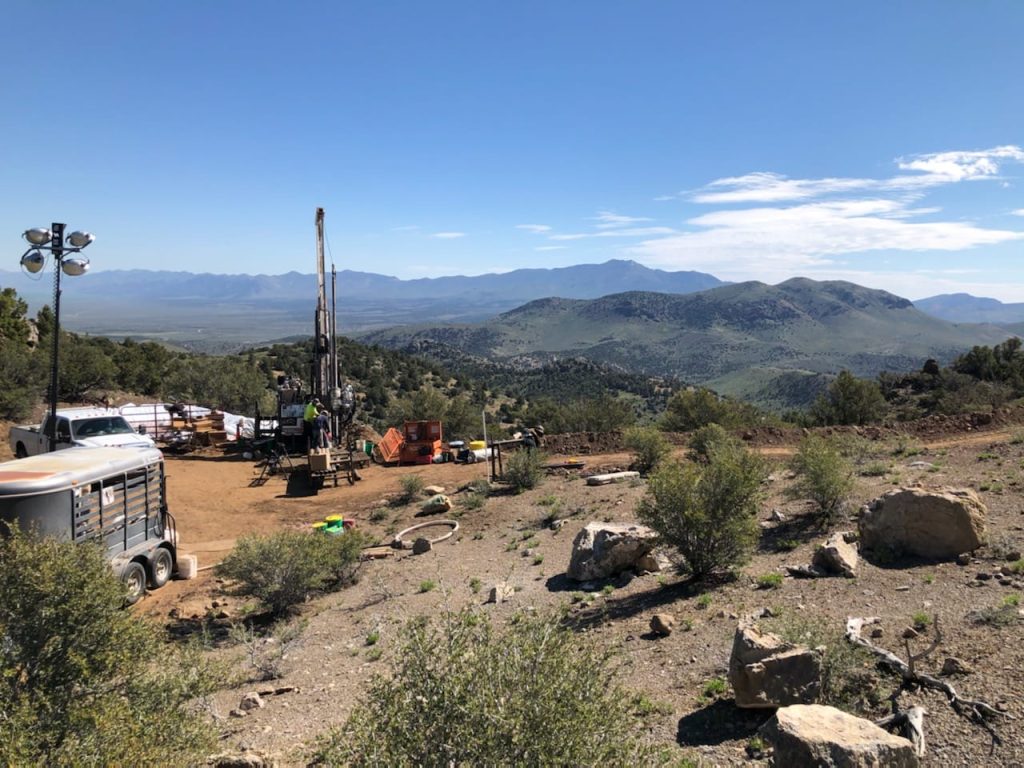Golden Lake completes Jewel Ridge drilling, Nevada

Golden Lake Exploration Inc. [CSE: GLM; OTCQB: GOLXF] reported that that it has completed its autumn drill program on its flagship Jewel Ridge property, located in the prolific Battle Mountain-Eureka gold trend of Nevada.
The property is well-located proximal to infrastructure and is immediately adjacent to successful, high-profile exploration programs currently being undertaken by North Peak Resources Ltd. [TSXV: NPR] and i-80 Gold Corp. [TSX: IAU; NYSE: IAUX] on their neighboring Prospect Mountain and Ruby Hill properties, respectively.
Autumn drill program: A total of 1,756 metres of reverse circulation drilling comprising 5 holes were completed in the subject drill program at Jewel Ridge (JR-24-51 to JR-24-55).
Drill targets included Induced Polarization (IP) anomalies (generated from 2024 surveys) situated within favorable geological and structural settings, hosting both Carlin-type disseminated gold deposits and carbonate replacement deposits, which are prominent in the immediate area of the district, known as the South Eureka Gold Belt. Other targets included historic mines yielding high precious and base-metal assays, exploited at shallow depth that have seen no historic drilling.
Drilling encountered several zones of heavily oxidized gossanous material over variable widths in all drill holes. JR-24-54 yielded several gossanous intervals containing iron oxide minerals in strongly altered rocks. In particular, a 7.60-metre-long interval in this hole yielded a visually promising intensely oxidized interval (95% iron oxide minerals) in karsted terrain within the Hamburg Dolomite. The Hamburg Dolomite is a very important lithotype for hosting CRD as well as disseminated gold mineralization in the Eureka district.
Mineralized intervals from the drilling have been sent to Paragon Geochemical Laboratories in Sparks, Nevada for analyses. Some of the mineralized samples will undergo ‘rush’ analyses with results anticipated within 14 days. The other samples submitted will be analyzed utilizing the normal turn-around time of about four weeks. Results will be released as they become available.
